Have you ever wondered why your cat turns up her nose at your loving cuddles, but purrs contentedly when you stick to her usual routine? It’s a fascinating, sometimes frustrating mystery: why do cats seem to crave consistency more than affection? For many cat lovers, it’s a hard pill to swallow that their feline companion might care more about the timing of dinner than a heartfelt snuggle. But behind those mysterious eyes lies a powerful need for predictability, a trait that’s rooted deep in their wild ancestry. Let’s unravel this surprising truth and discover what really makes our beloved cats tick.
The Ancient Origins of Feline Behavior

Cats have been evolving as solitary hunters for thousands of years. Unlike dogs, which are pack animals, cats survived by relying on themselves. This history shaped their instincts, making them creatures of habit. In the wild, a predictable environment could mean the difference between life and death. Consistency in hunting, sleeping, and hiding spots allowed them to avoid danger and secure food. Even as they’ve become our companions, those ancient instincts still guide their behavior. It’s no wonder that sudden changes or disruptions leave cats feeling uneasy, preferring the comfort of routine over unpredictable displays of affection.
Predictability Equals Safety

For a cat, knowing what to expect is like having an invisible safety net. When their environment stays the same, cats feel secure—their territory isn’t threatened, and there are no surprises lurking around the corner. If you suddenly move their food bowl or change your schedule, you might notice your cat acting nervous or withdrawn. It’s not because they don’t love you; it’s because change feels like a threat. This need for safety through predictability is so strong that even the most affectionate cat can become distant if their routine is disrupted.
How Cats Communicate Their Preferences

Most cats don’t meow for affection the way dogs wag their tails for attention. Instead, they use subtle cues to show what matters to them. A cat following you to the kitchen at the same time every morning is saying, “I trust this routine.” When you stick to their schedule, you’re speaking their language. If you suddenly try to scoop them up for a cuddle session outside their preferred time, you might get a quick escape instead of a purr. Paying attention to these small signals helps reveal what your cat values most.
The Comfort of Familiarity
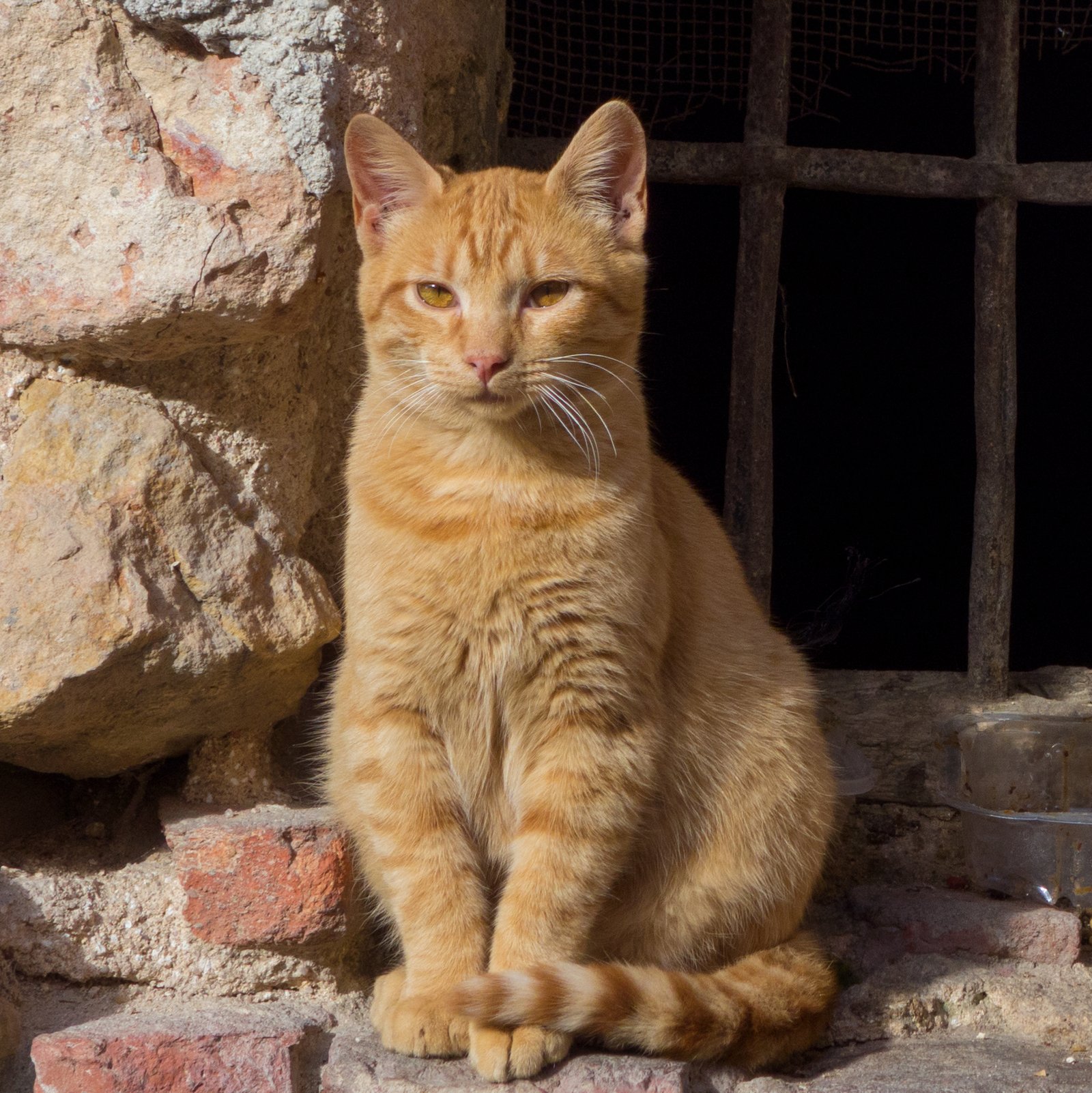
Imagine being dropped into a completely new city every week—exciting at first, but quickly exhausting and stressful. For cats, even small changes can feel like that. They thrive in environments where everything stays just how they like it: favorite nap spots, regular feeding times, and predictable interactions. When you provide that consistency, your cat can relax and show their softer side. Affection comes more naturally when a cat feels their world is stable. It’s like a trust fall—they need to know you’ll catch them every time.
Routine and the Feline Brain

A cat’s brain is wired to remember patterns. This helps them learn which behaviors lead to good outcomes. For example, if coming to the kitchen at 7 a.m. means breakfast, they’ll expect that every day. The more you adhere to these patterns, the more confident and content your cat will feel. Sudden changes can confuse their internal “schedule,” leading to anxiety or even behavioral problems. The key to a happy cat is tapping into this natural love for routine.
Why Sudden Changes Cause Stress
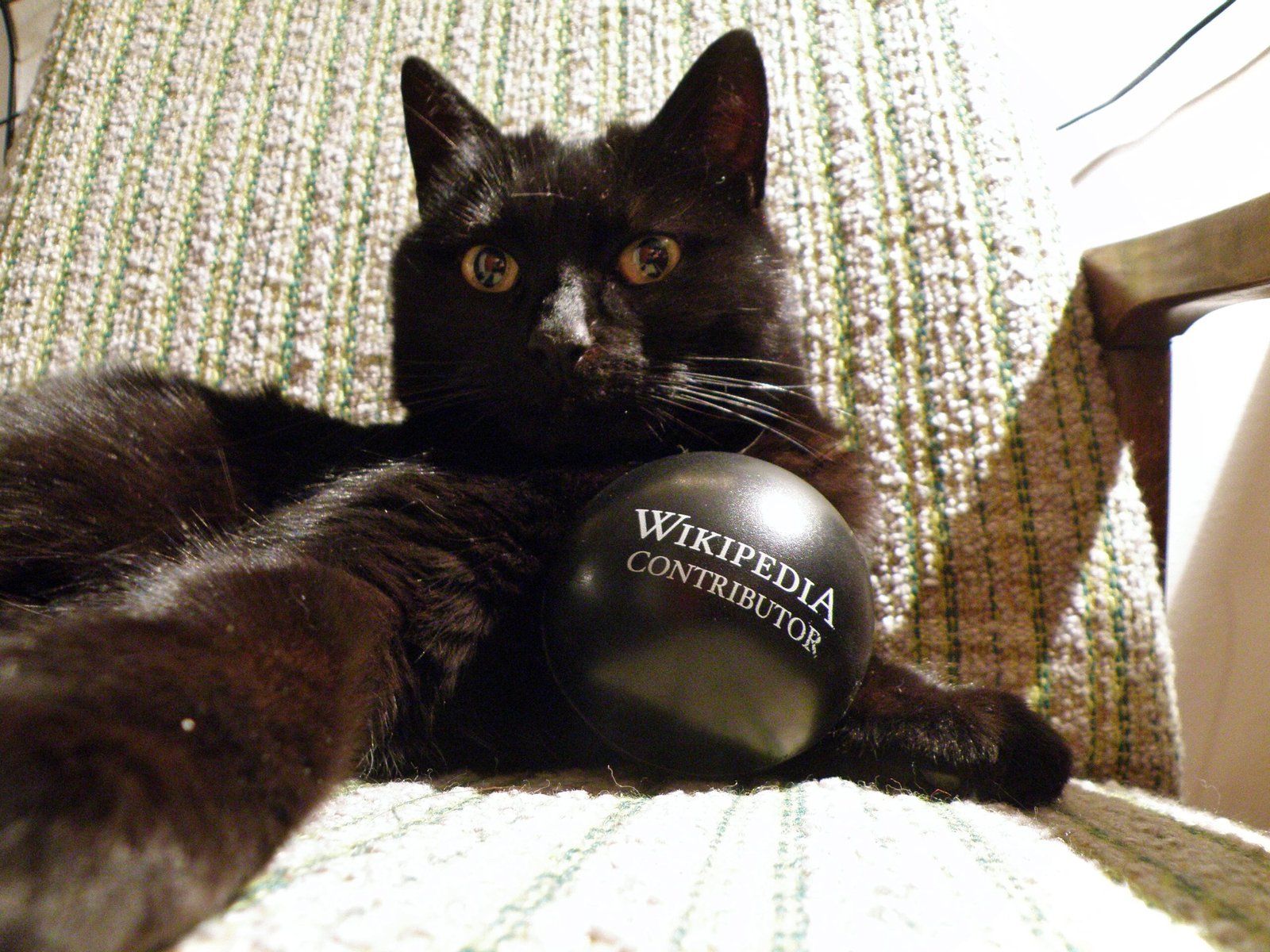
Have you ever moved furniture or changed your daily routine, only to find your cat hiding under the bed? Even small changes can send a shockwave through your cat’s sense of security. Their stress might show up as hiding, over-grooming, or even refusing to eat. This is their way of saying, “Something’s not right.” Unlike dogs, who often take change in stride, cats need time and patience to adjust. For them, consistency is more than just a preference—it’s a necessity for emotional well-being.
Affection on Their Terms

Cats aren’t cold—they just show affection differently. They’re more likely to snuggle when you respect their boundaries and routines. If you wait for your cat to come to you, you’ll notice those moments are more frequent when everything else in their world feels familiar. Many cats love being petted, but it has to happen at the right time and place. Trying to force affection rarely works. Instead, let your cat set the pace, and you’ll both be happier for it.
The Role of Scent and Territory

Cats are territorial creatures, and their sense of smell is a big part of how they make sense of their space. When you move their things or bring in strange scents, it can disturb their sense of order. This disruption is much more stressful to them than a lack of affection. By keeping their territory predictable—same litter box location, same cozy bed—you help your cat feel grounded. This consistency means more to them than any amount of cuddling ever could.
Feeding Time Rituals

For many cats, the highlight of the day is mealtime. They quickly learn the sounds and routines that lead up to their food being served. Skipping or changing their feeding time can leave a cat feeling anxious or even betrayed. This is why so many cats wake their owners at the crack of dawn—breakfast is serious business! Keeping a consistent feeding schedule is one of the simplest ways to show your cat you care and to keep their trust.
Playtime and Predictability

Cats love to play, but not all the time. Establishing a regular playtime helps your cat anticipate fun and burn off energy in a healthy way. Random, unpredictable play can actually be less enjoyable for some cats. When play happens like clockwork, your cat knows what to expect, and they can look forward to it. This ritual helps strengthen your bond, too, because your cat learns to rely on you for positive, predictable experiences.
How Consistency Reduces Behavioral Problems

Many common cat problems—like scratching furniture, spraying, or aggression—can be traced back to stress and insecurity. When a cat’s environment is stable, these behaviors often decrease or disappear. Consistency in feeding, cleaning, and play routines reassures your cat that all is well. If you notice sudden changes in behavior, ask yourself if something in their routine has shifted. Restoring their usual patterns can often resolve issues without punishment or scolding.
Affection Fatigue: When Too Much Is Too Much

It’s possible to overwhelm a cat with too much attention. Unlike dogs, who might bask in endless belly rubs, cats can get overstimulated quickly. If you notice your cat pulling away after a few minutes of petting, it’s their way of saying, “That’s enough.” Respecting this boundary is another form of consistency—they trust you not to push past their comfort zone. Over time, this builds a deeper bond than trying to force affection on your terms.
Consistency in Multi-Cat Households

If you have more than one cat, consistency becomes even more important. Cats establish a social order, and disruptions can lead to fights or stress. Keeping feeding areas, litter boxes, and schedules stable helps everyone get along. Introducing new cats or changes should be done gradually, with respect for existing routines. In these environments, affection can take a back seat to the peace and predictability of the group dynamic.
The Impact of Human Schedules

Our own routines have a big impact on our cats. When we work late, travel, or change our habits, our cats notice. They might act out or become distant, not because they’re angry, but because their world feels less certain. Even small efforts to maintain feeding and playtimes can make a big difference. Your cat doesn’t care if you’re busy—they care if their life stays the same. It’s a humbling reminder of how much our actions shape their happiness.
Health and Well-Being Tied to Routine

Cats are masters at hiding illness, but changes in their routine can sometimes be the first sign something’s wrong. A cat who suddenly stops eating at their usual time or hides more than normal might need a vet check. Consistency helps you spot these changes quickly. At the same time, a predictable environment supports good health by reducing stress, which can impact everything from their immune system to their digestion.
The Subtle Signs of Feline Contentment

You might not always get a headbutt or a loud purr, but a content cat shows their happiness in small ways. A relaxed posture, slow blinks, and a willingness to nap nearby are all signs your cat feels safe and secure. These behaviors happen most often when their world is predictable. Affection is still important, but only when it fits into the overall sense of safety and routine. Learning to read these subtle cues can be incredibly rewarding for any cat lover.
When Consistency and Affection Work Together
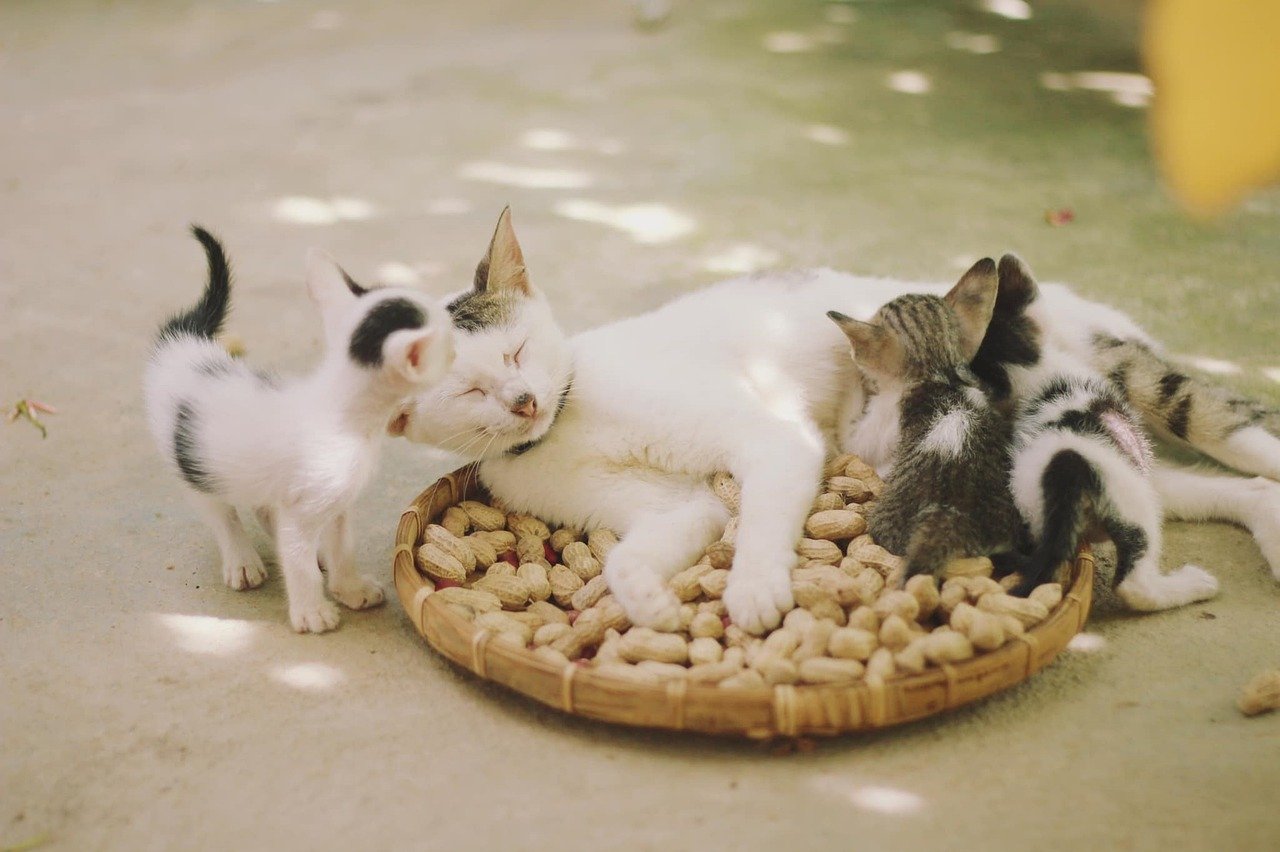
While cats prefer consistency, that doesn’t mean they don’t value affection at all. The real magic happens when these two needs work together. When you provide a stable environment and respect your cat’s desire for routine, they’re more open to affectionate moments. These times might be brief, but they’re deeply meaningful. It’s like a rare treasure—unexpected, but all the more precious for it.
Understanding Cat Body Language
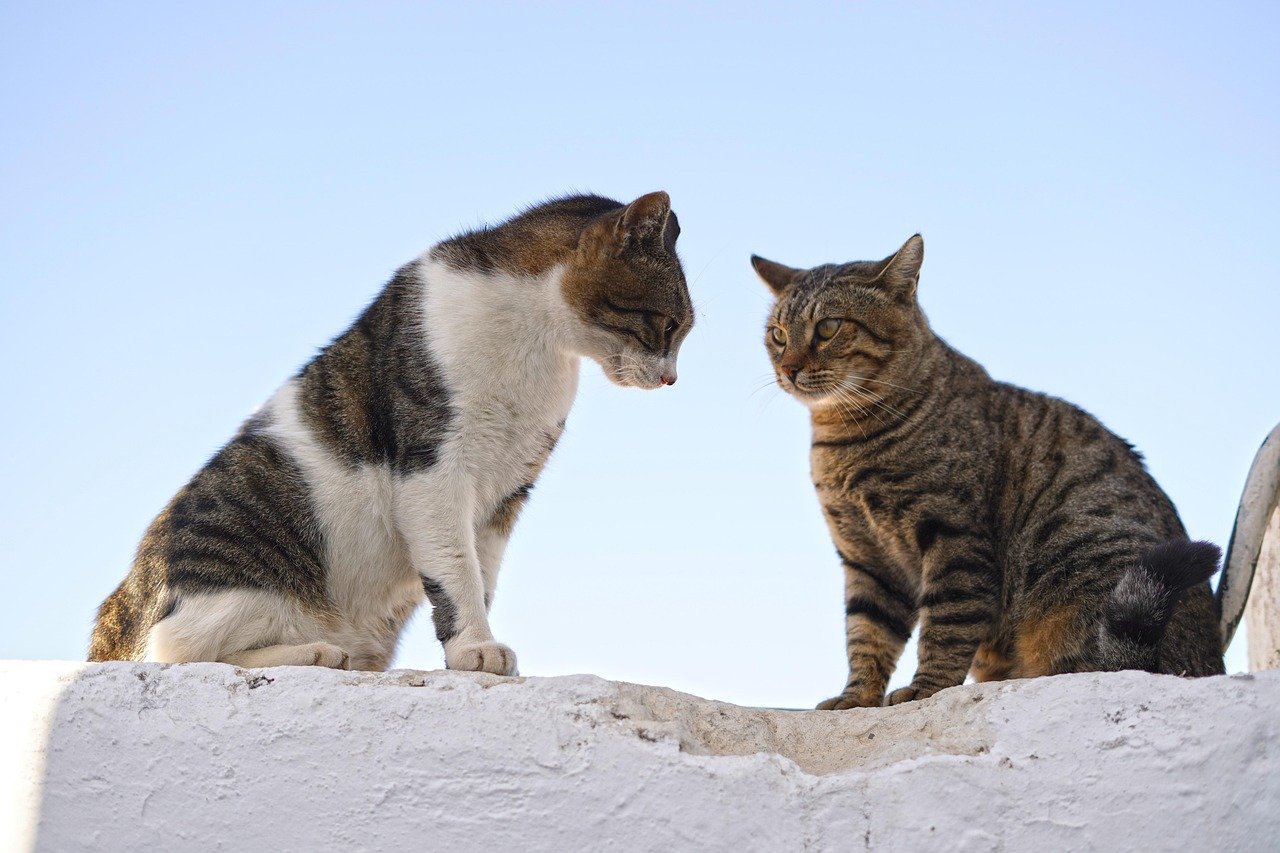
Cats are masters of subtlety. A twitching tail or flattened ears can reveal a lot about their mood. Paying attention to these signals helps you know when affection is welcome and when your cat just wants the world to stay the same. Over time, you’ll learn what makes your cat feel most comfortable. Adapting your behavior to these cues shows respect for their unique personality and helps build lasting trust.
The Value of Personal Space

Cats cherish their alone time. Unlike many pets, they don’t need constant companionship or attention to feel loved. In fact, invading their space too often can make them withdraw. By giving your cat the space they crave—and maintaining the routines they rely on—you show appreciation for their individuality. This respect is often returned with quiet companionship and occasional, heartfelt displays of affection.
Building Trust Through Repetition
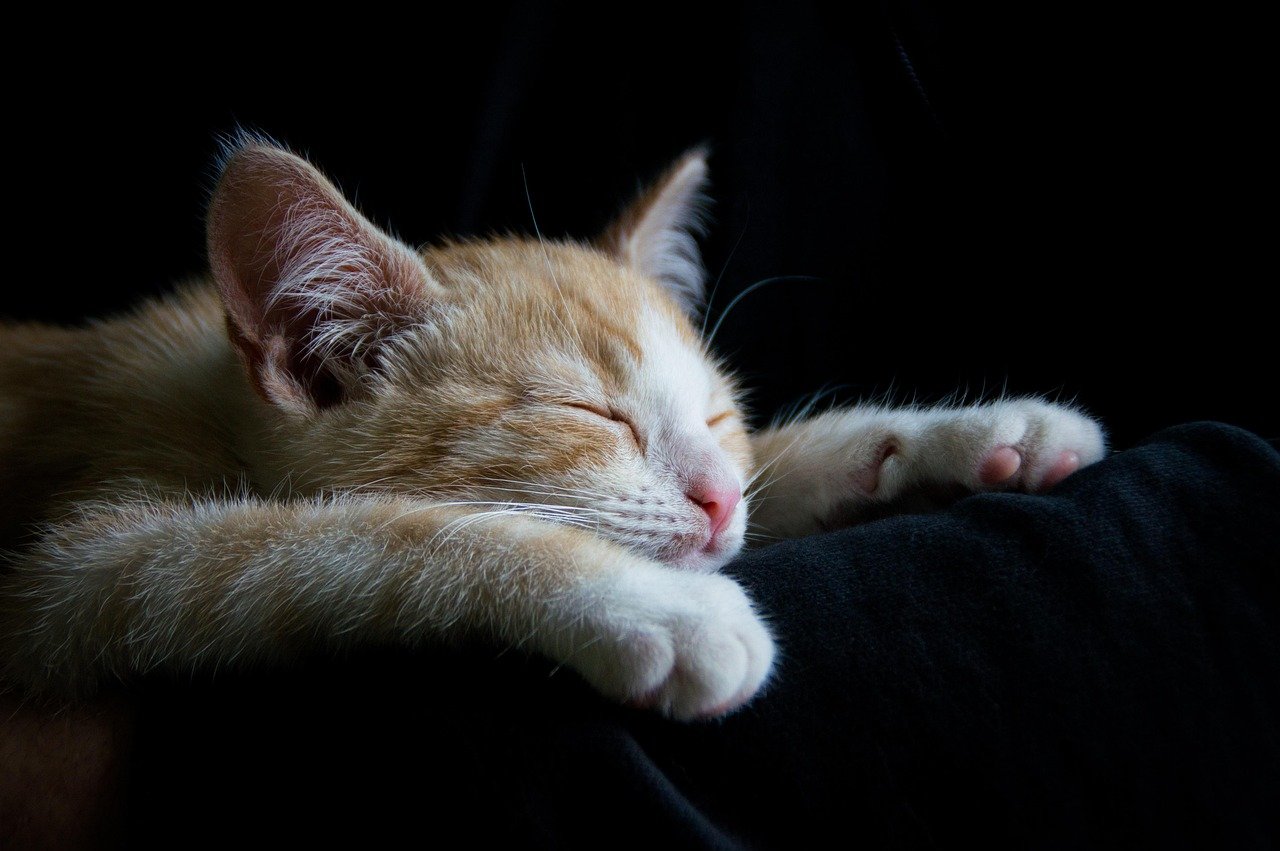
Trust with a cat isn’t given freely—it’s earned, day by day, through repeated positive experiences. Feeding at the same time, playing in the same way, and respecting their boundaries all add up. Eventually, your cat learns that you’re a reliable part of their world. This trust forms the foundation for a deeper relationship, even if it looks different from the instant loyalty of a dog. In the end, consistency is the language of love for most cats.
Recognizing Your Cat’s Unique Preferences

Every cat is an individual with their own quirks and needs. Some might crave more attention than others, while some just want things to stay the same. Paying close attention to your cat’s reactions helps you tailor your routine to what makes them happiest. There’s no one-size-fits-all approach—what matters most is listening and responding with patience. Over time, you’ll discover the perfect balance between affection and consistency for your special feline friend.
Hi, I’m Bola, a passionate writer and creative strategist with a knack for crafting compelling content that educates, inspires, and connects. Over the years, I’ve honed my skills across various writing fields, including content creation, copywriting, online course development, and video scriptwriting.
When I’m not at my desk, you’ll find me exploring new ideas, reading books, or brainstorming creative ways to solve challenges. I believe that words have the power to transform, and I’m here to help you leverage that power for success.
Thanks for stopping by, Keep coming to this website to checkout new articles form me. You’d always love it!






